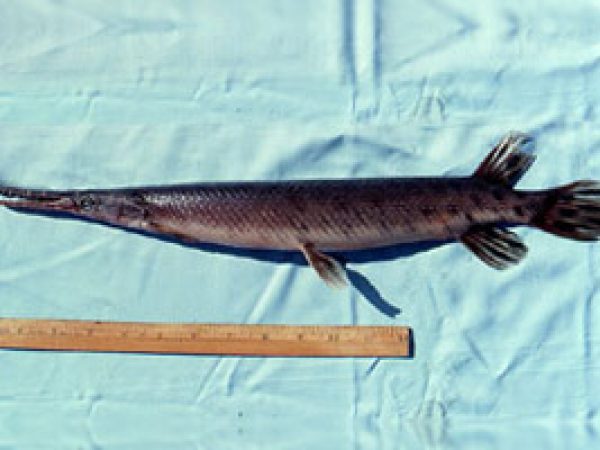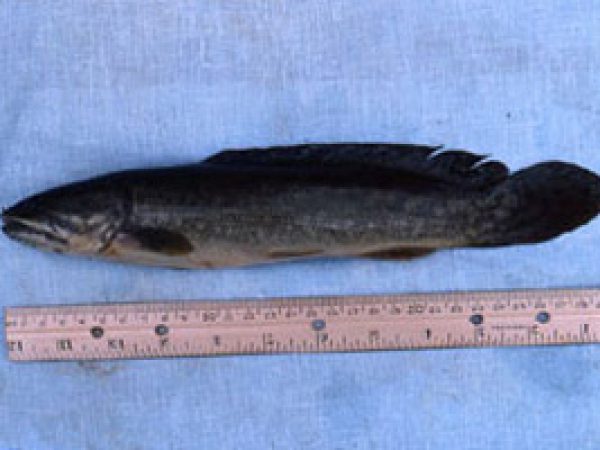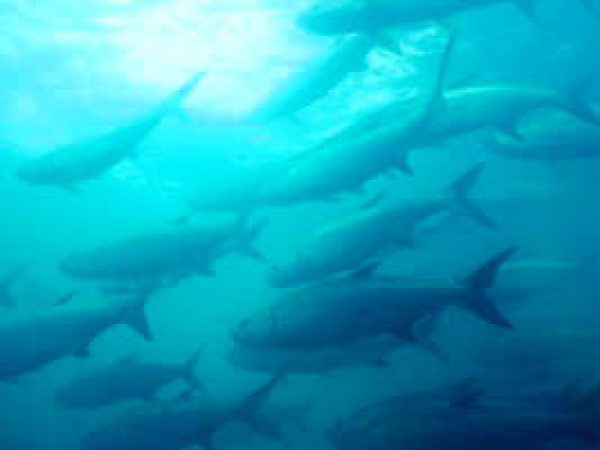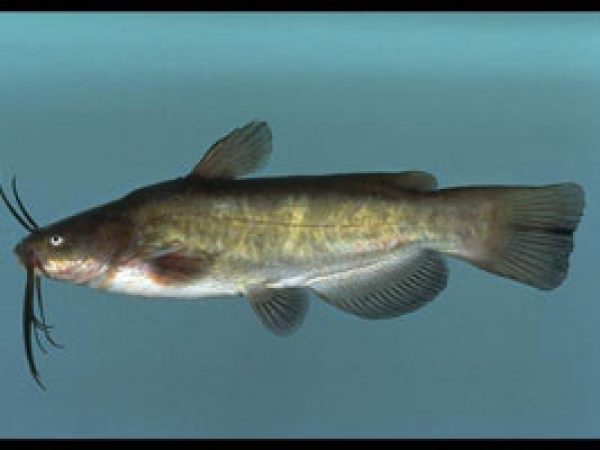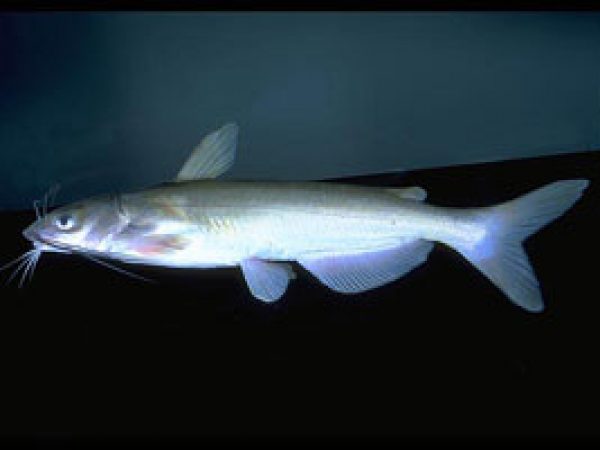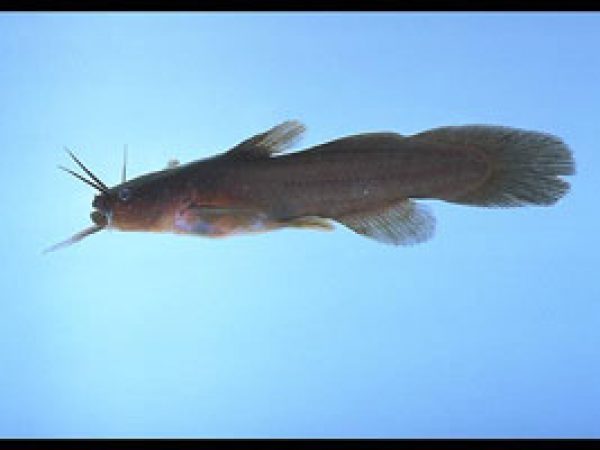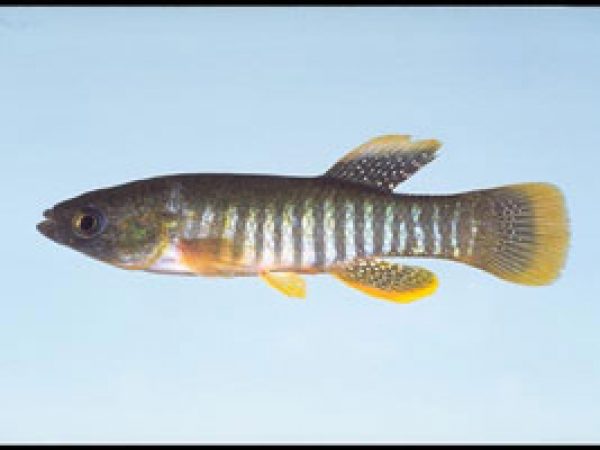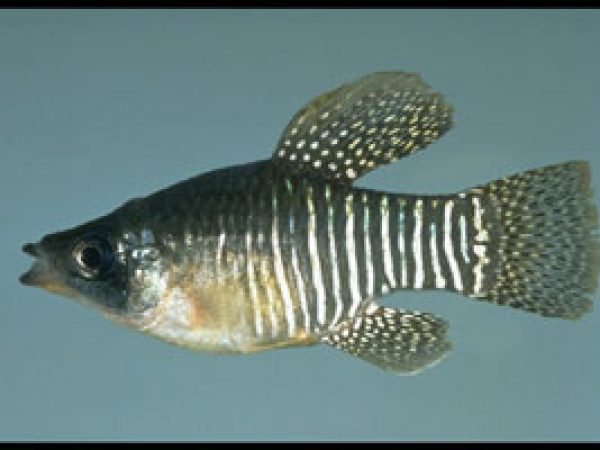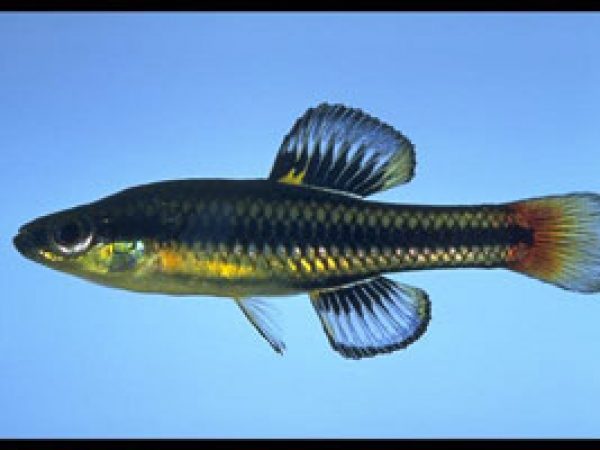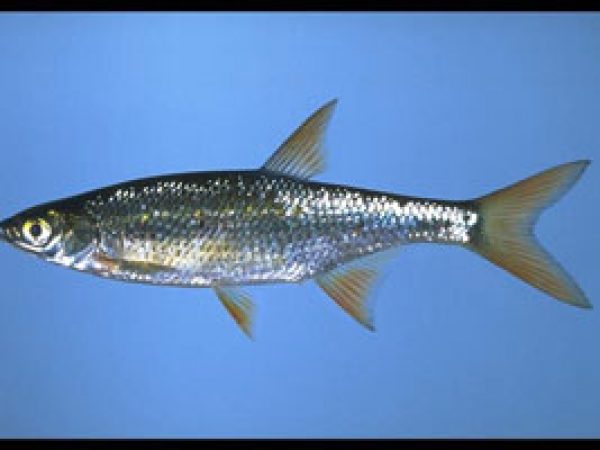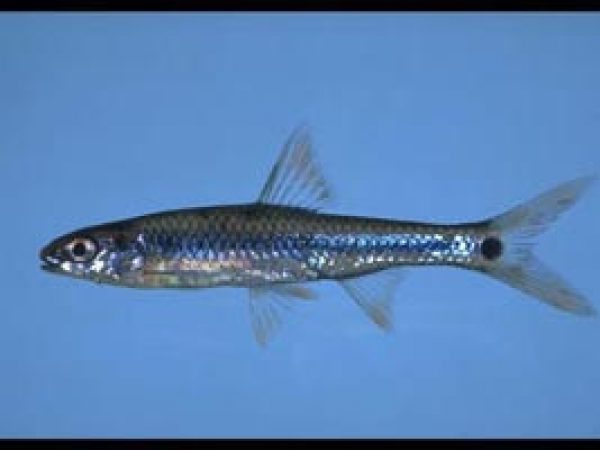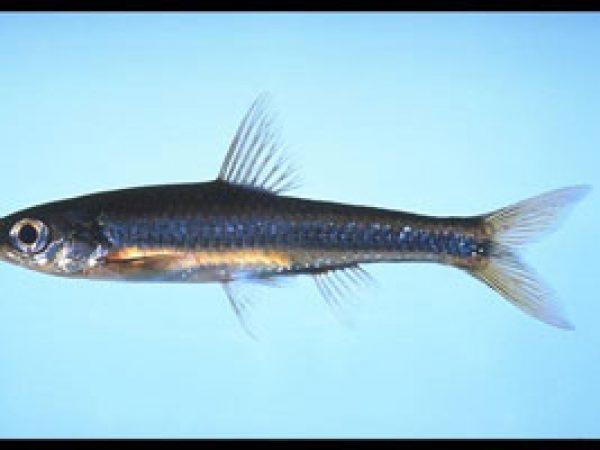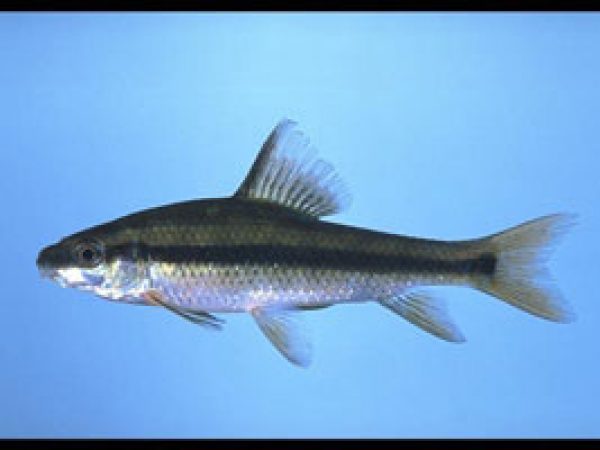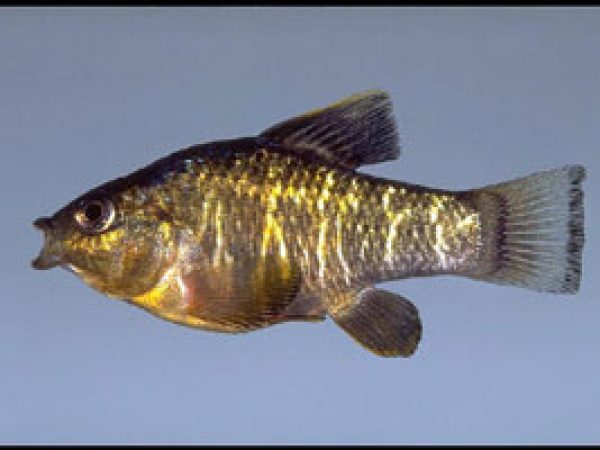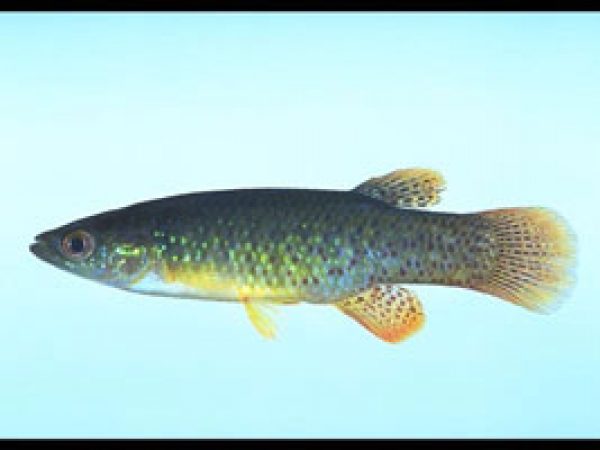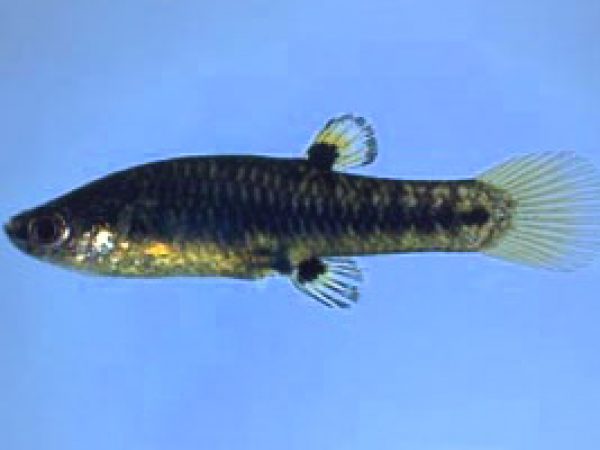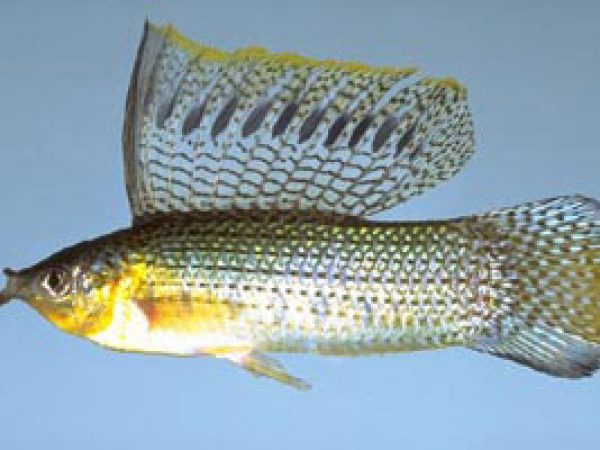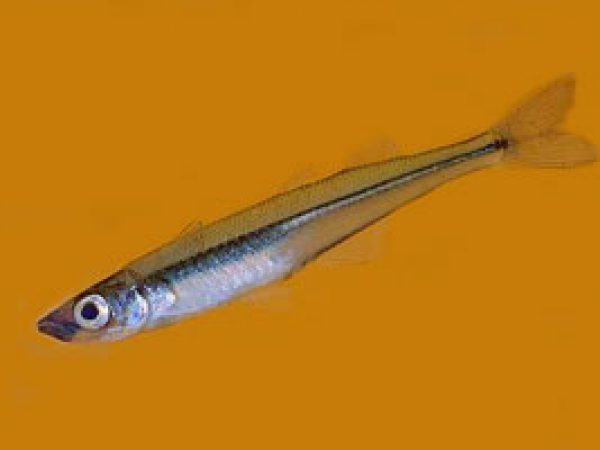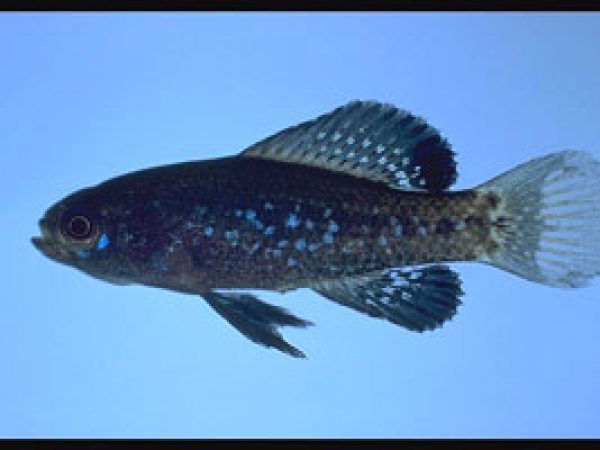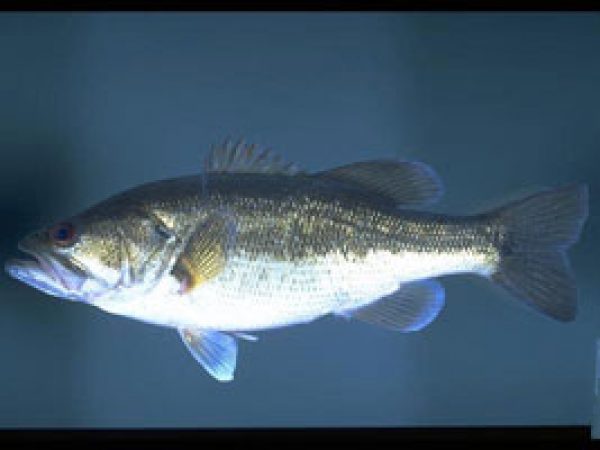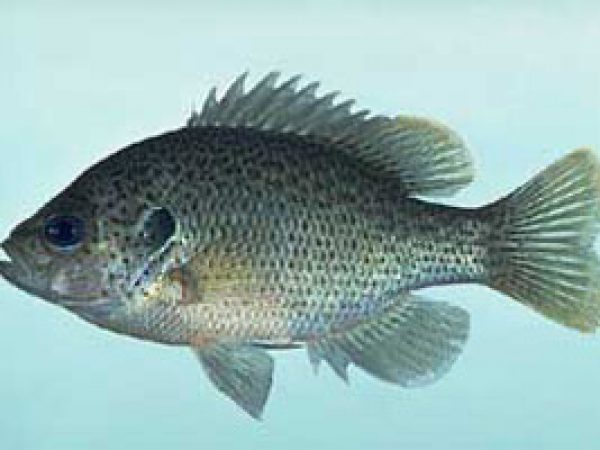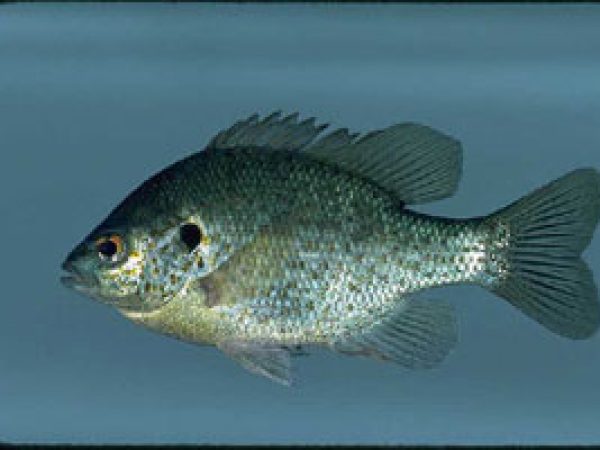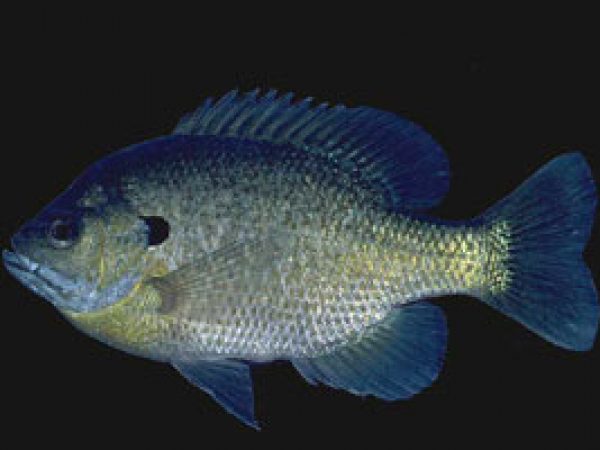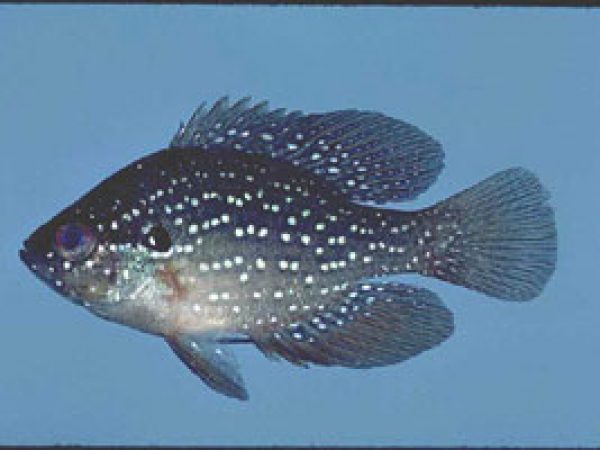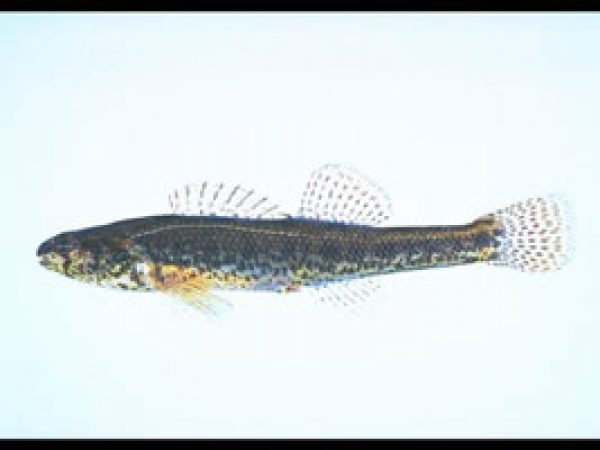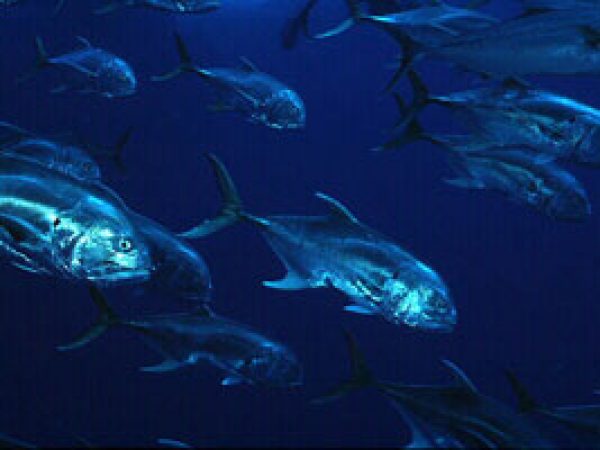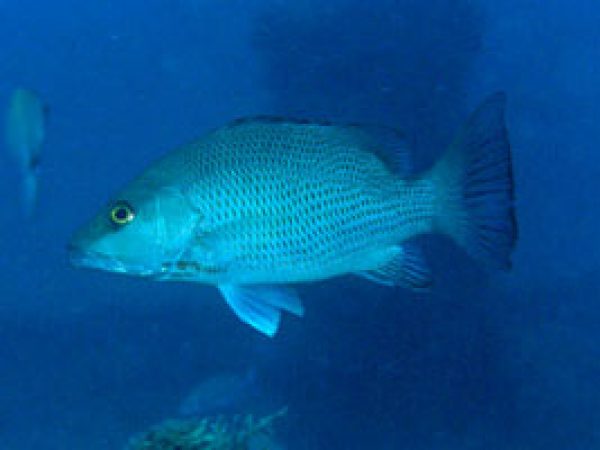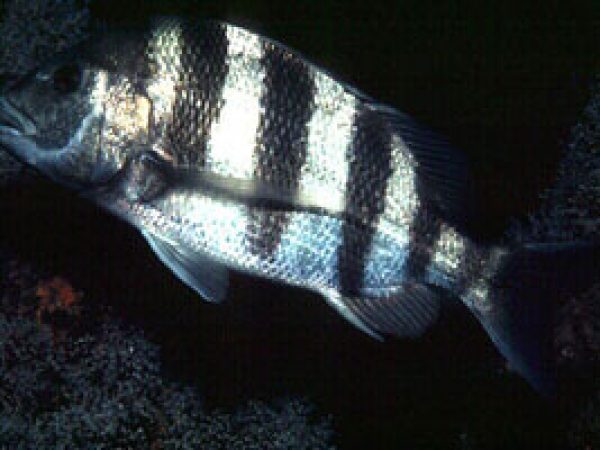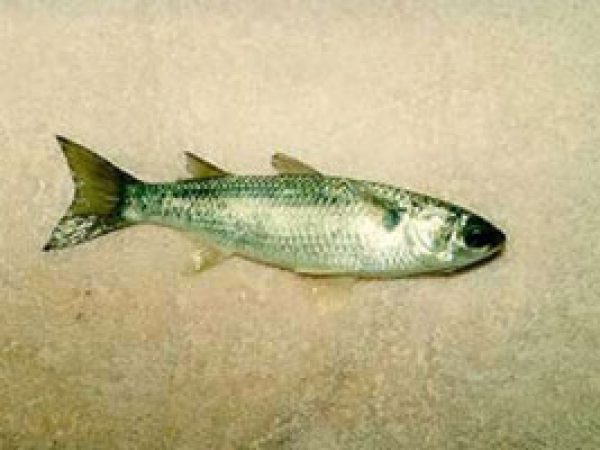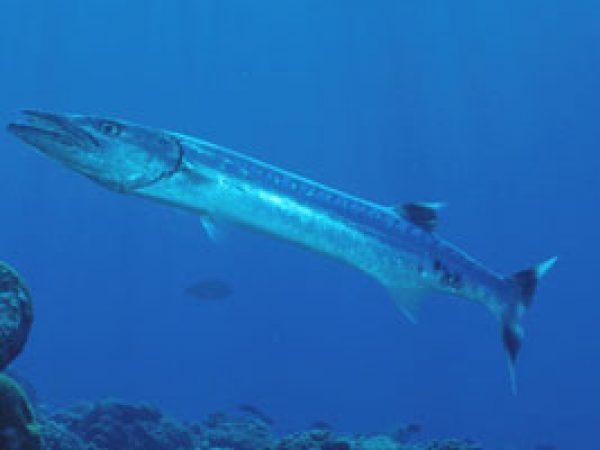Aquatic habitats fluctuate with the seasons, limiting distribution of fishes during the dry season.

Close to 100 species of freshwater fish have been documented in south Florida including aquatic habitats throughout the Everglades region.
These fish include :
 Florida Gar (Lepisosteus platyrhincus). Photo © George Burgess
Florida Gar (Lepisosteus platyrhincus). Photo © George Burgess Bowfin (Amia calva). Photo © George Burgess
Bowfin (Amia calva). Photo © George Burgess Tarpon (Megalops atlanticus). Photo © Don DeMaria
Tarpon (Megalops atlanticus). Photo © Don DeMaria Brown Bullhead (Ictalurus nebulosus). Photo © Noel Burkhead
Brown Bullhead (Ictalurus nebulosus). Photo © Noel Burkhead Channel Catfish (Ictalurus punctatus). Photo © Noel Burkhead
Channel Catfish (Ictalurus punctatus). Photo © Noel Burkhead Tadpole Madtom (Noturus gyrinus). Photo © Noel Burkhead
Tadpole Madtom (Noturus gyrinus). Photo © Noel Burkhead Gulf Killifish (Fundulus grandis). Photo © Noel Burkhead
Gulf Killifish (Fundulus grandis). Photo © Noel Burkhead Diamond Killifish (Adinia xenica). Photo © Noel Burkhead
Diamond Killifish (Adinia xenica). Photo © Noel Burkhead Bluefin Killifish (Lucania goodei). Photo © Noel Burkhead
Bluefin Killifish (Lucania goodei). Photo © Noel Burkhead Golden Shiner (Notemigonus crysoleucas). Photo © Noel Burkhead
Golden Shiner (Notemigonus crysoleucas). Photo © Noel Burkhead Taillight Shiner (Notropis maculatus). Photo © Noel Burkhead
Taillight Shiner (Notropis maculatus). Photo © Noel Burkhead Coastal Shiner (Notropis petersoni). Photo © Noel Burkhead
Coastal Shiner (Notropis petersoni). Photo © Noel Burkhead Lake Chubsucker (Erimyzon sucetta). Photo © Noel Burkhead
Lake Chubsucker (Erimyzon sucetta). Photo © Noel Burkhead Sheepshead Minnow (Cyprinodon variegatus). Photo © Noel Burkhead
Sheepshead Minnow (Cyprinodon variegatus). Photo © Noel Burkhead Golden Topminnow (Fundulus chrysotus). Photo © Noel Burkhead
Golden Topminnow (Fundulus chrysotus). Photo © Noel Burkhead Flagfish (Jordanella floridae). Photo © Ronald E. Watson
Flagfish (Jordanella floridae). Photo © Ronald E. Watson Mosquitofish (Gambusia holbrooki). Photo courtesy U.S. Geological Survey
Mosquitofish (Gambusia holbrooki). Photo courtesy U.S. Geological Survey Least Killifish (Heterandria formosa). Photo © Noel Burkhead
Least Killifish (Heterandria formosa). Photo © Noel Burkhead Sailfin Molly (Poecilia latipinna). Photo © Noel Burkhead
Sailfin Molly (Poecilia latipinna). Photo © Noel Burkhead Brook Silverside (Labidesthes sicculus). Photo © Ronald Watson
Brook Silverside (Labidesthes sicculus). Photo © Ronald Watson Everglades Pygmy Sunfish (Elassoma evergladei). Photo © Noel Burkhead
Everglades Pygmy Sunfish (Elassoma evergladei). Photo © Noel Burkhead Largemouth Bass (Micropterus salmoides). Photo © Noel Burkhead
Largemouth Bass (Micropterus salmoides). Photo © Noel Burkhead Spotted Sunfish (Lepomis punctatus). Photo © Noel Burkhead
Spotted Sunfish (Lepomis punctatus). Photo © Noel Burkhead Redear Sunfish (Lepomis microlophus). Photo © Noel Burkhead
Redear Sunfish (Lepomis microlophus). Photo © Noel Burkhead Bluegill (Lepomis macrochirus). Photo © Noel Burkhead
Bluegill (Lepomis macrochirus). Photo © Noel Burkhead Bluespotted Sunfish (Enneacanthus gloriosus). Photo © Noel Burkhead
Bluespotted Sunfish (Enneacanthus gloriosus). Photo © Noel Burkhead Swamp Darter (Etheostoma fusiforme). Photo © Noel Burkhead
Swamp Darter (Etheostoma fusiforme). Photo © Noel Burkhead Crevalle Jack (Caranx hippos). Photo © David Snyder
Crevalle Jack (Caranx hippos). Photo © David Snyder Gray Snapper (Lutjanus griseus). Photo © Luiz Rocha
Gray Snapper (Lutjanus griseus). Photo © Luiz Rocha Sheepshead (Archosargus probatocephalus). Photo © David Snyder
Sheepshead (Archosargus probatocephalus). Photo © David Snyder Striped Mullet (Mugil cephalus). Photo courtesy U.S. Geological Survey
Striped Mullet (Mugil cephalus). Photo courtesy U.S. Geological Survey Great Barracuda (Sphyraena barracuda). Photo © Steve Jones
Great Barracuda (Sphyraena barracuda). Photo © Steve Jones
- and rainwater killifish (Lucania parva) not shown
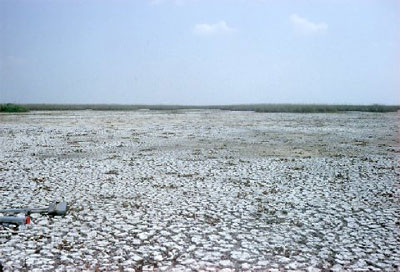
During the rainy season, flooding scatters fish across the everglades while during the dry season water fish become limited to deeper water habitats and gator holes. Changes in water level and dissolved oxygen concentrations require fish to be specially adapted to this ever-changing environment. Some fish are able burrow into the sediments and aestivate (live in a dormant state) during the dry season.
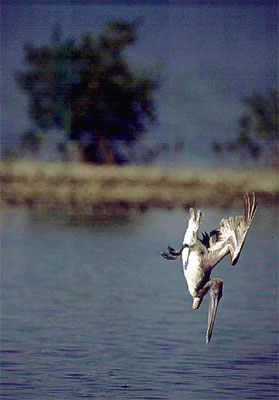
Fish provide a mainstay in the everglades food webs. Feeding an algae, aquatic insects, and crustaceans, fish in turn provide food for a variety of predators including alligators and wading birds as well as larger fish.
